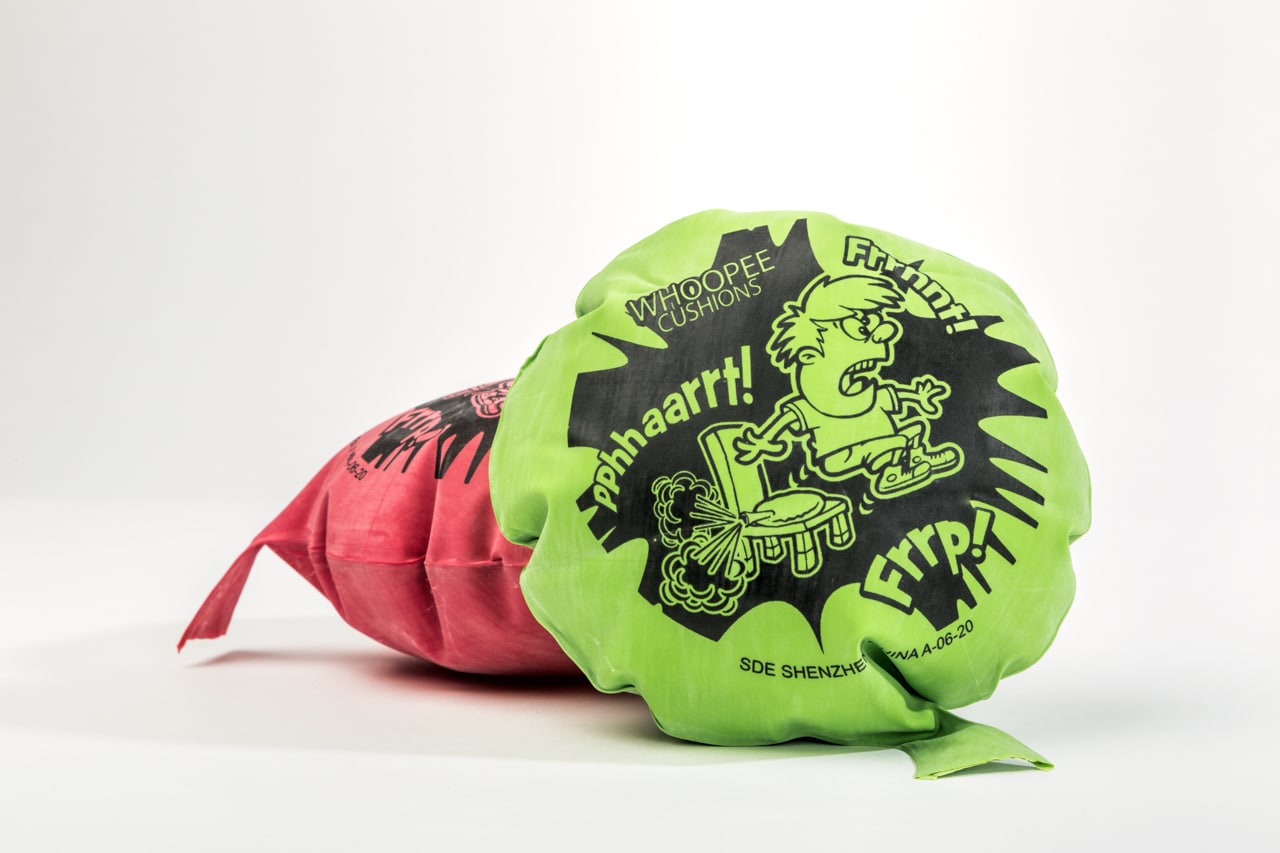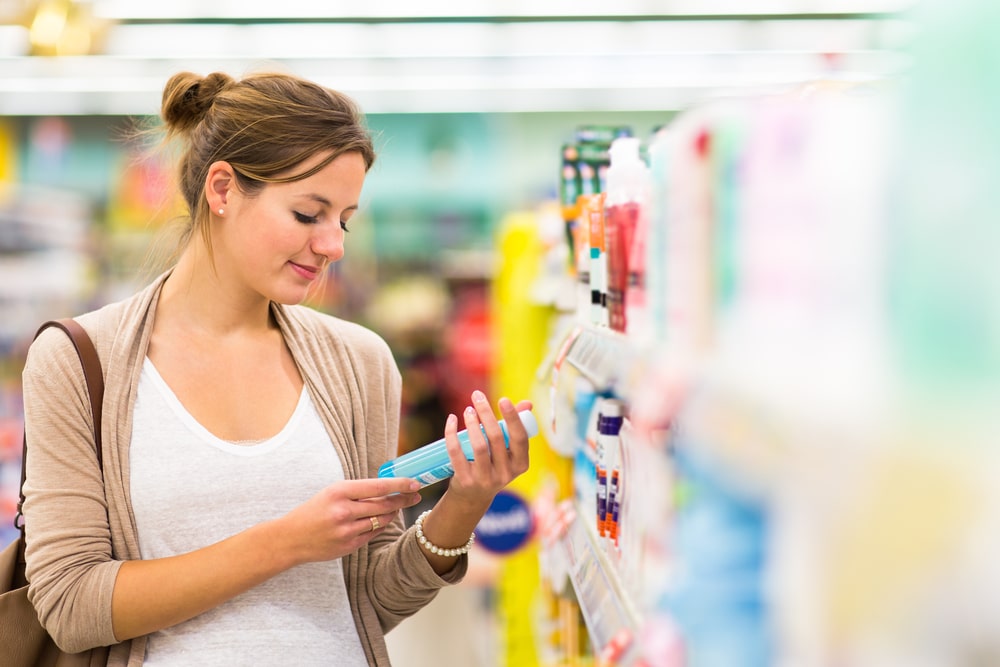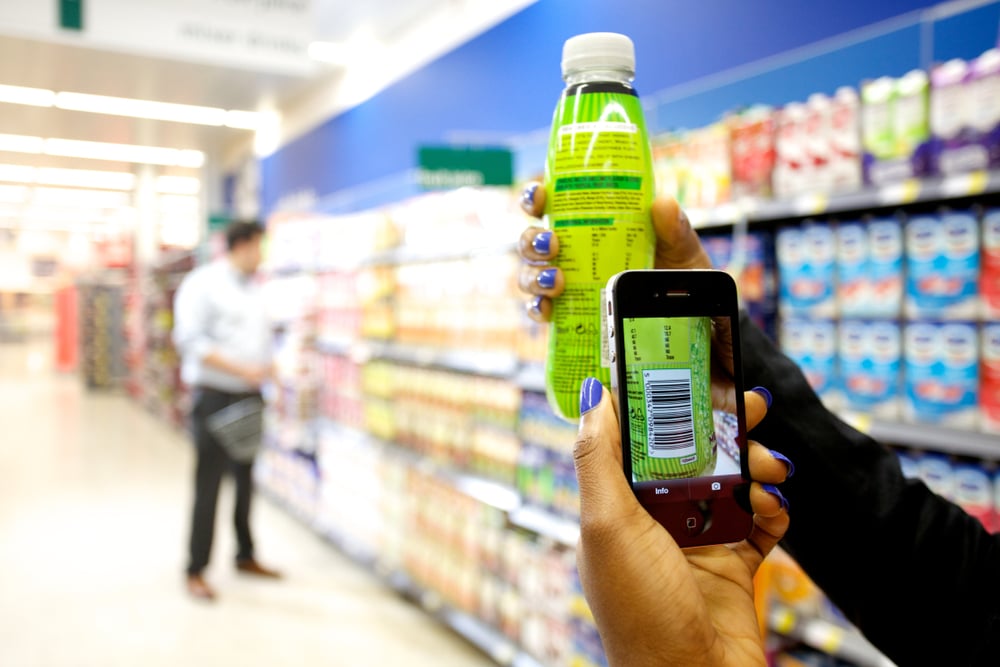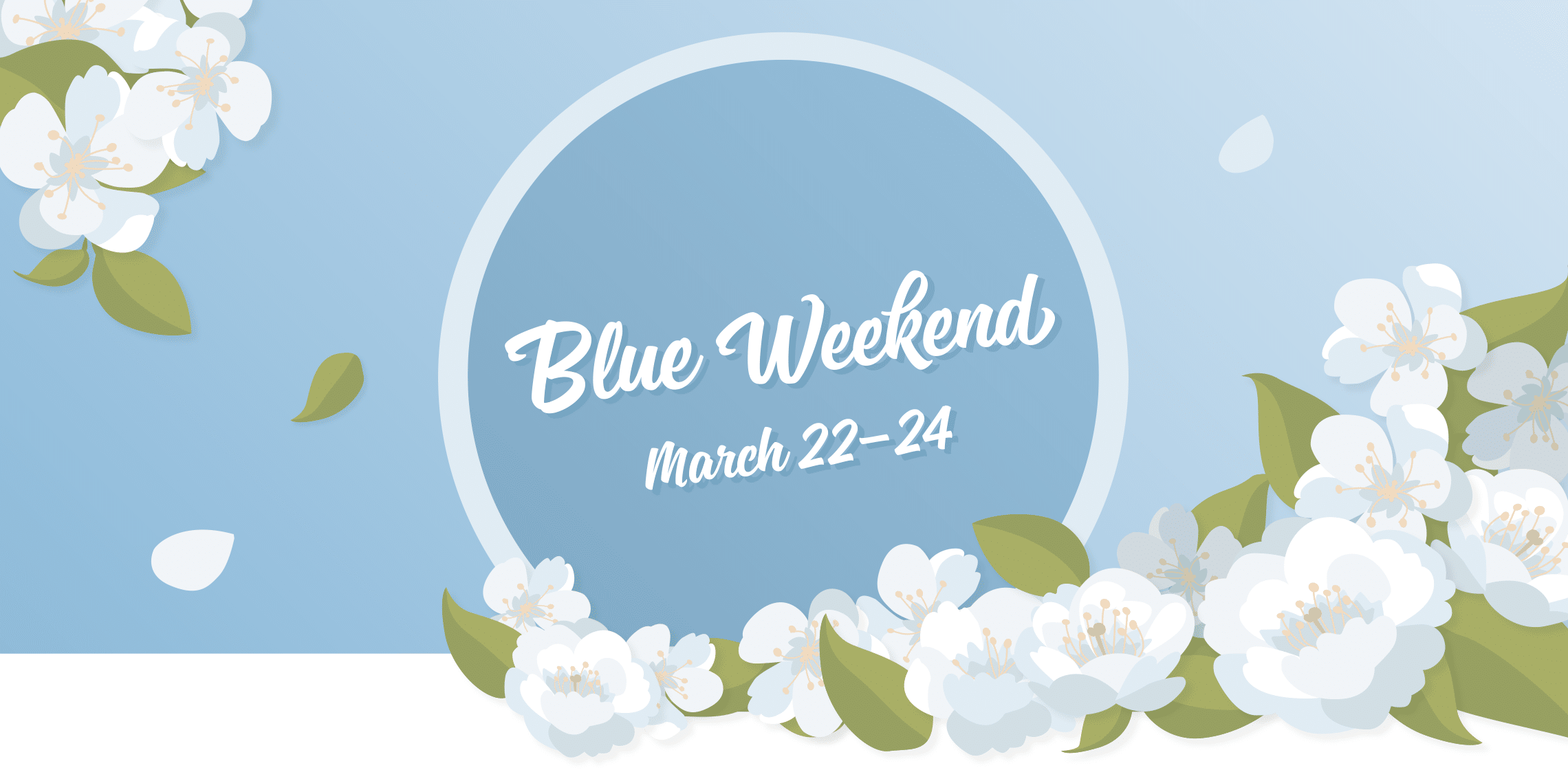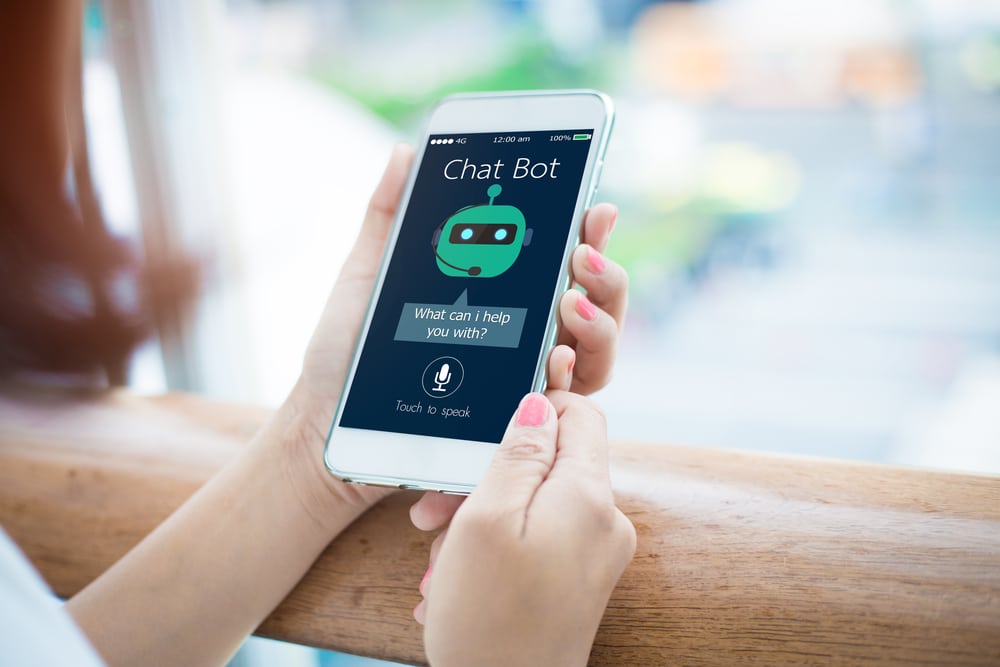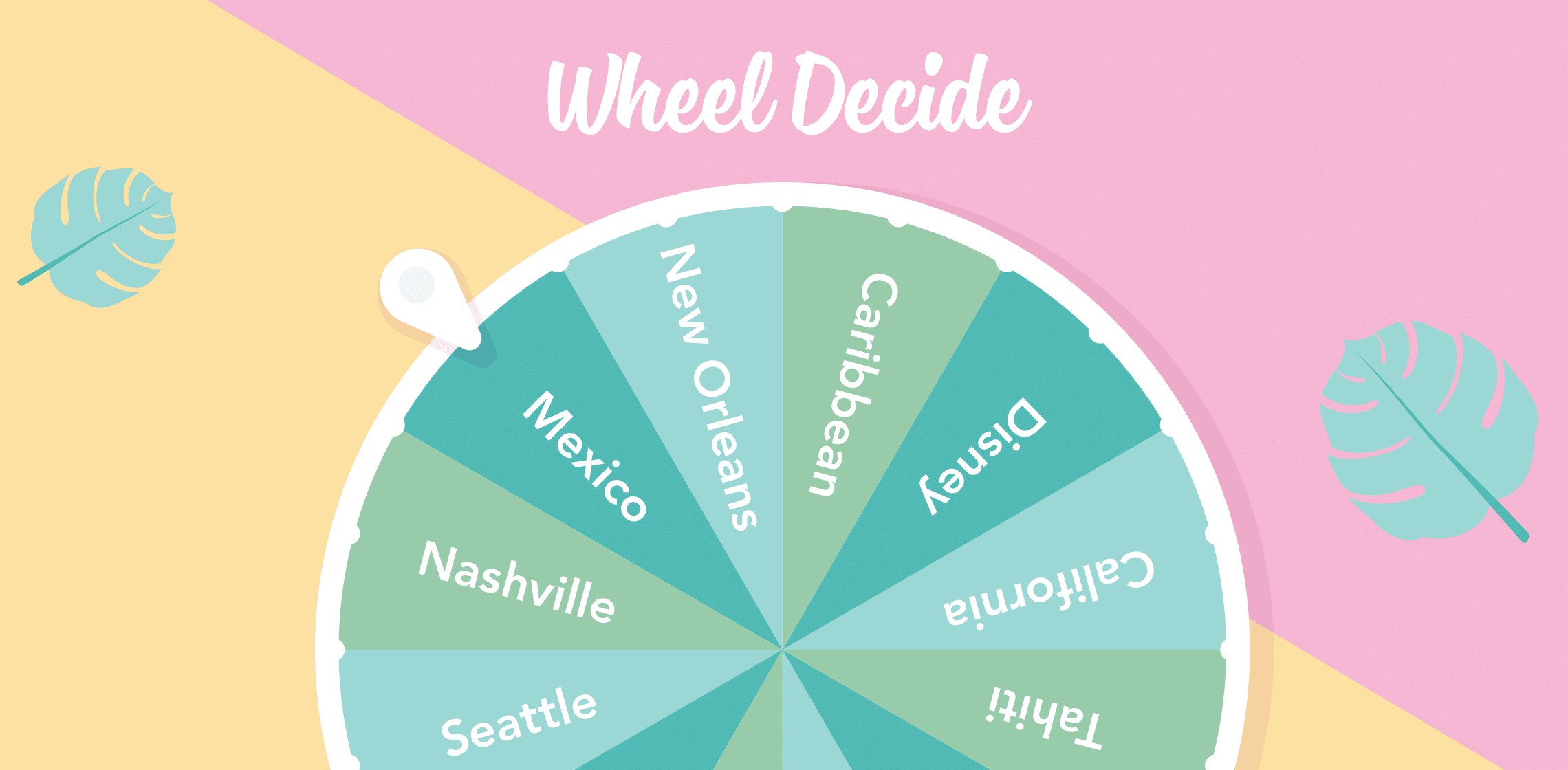For better or for worse, April Fools’ Day is upon us. If you’ve always wanted to get in on the fun, but can’t plot out a prank, we’ve got you covered. We asked our users and rounded up our 5 favorite fun and cheap pranks to pull on April 1 with just a few supplies from your local grocery store!
Breakfast Is Served
On April Fools’ Eve prepare a bowl of cereal for your significant other, friend, roomie, or kids and pop it in the freezer — spoon and all. In the morning, set the table for breakfast and enjoy watching their confused reaction when they go for the spoon. (You could also add gelatin to their juice or milk for a jiggly surprise!)
You’ll Need: Favorite cereal, milk, gelatin

Invisible Door
Stretch plastic wrap across a door frame (as tight as possible) and use duct tape to fasten to the sides of the door. Stand by as unsuspecting people try to walk through!
You’ll Need: Plastic wrap, duct tape
Eye Gotcha!
Attach googly eyes to everything in your kids’ lunchboxes, everything in the family fridge, or everything in your friend’s closet for an innocent laugh.
You’ll Need: Googly eyes, glue
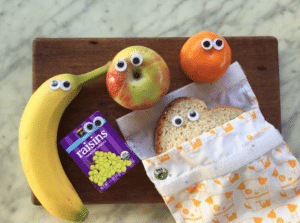
Color Wheel
Dip a q-tip in the food coloring of your choice, and run it around the inside of the bathroom or kitchen faucet. When the water is turned on, they’re in for a colorful surprise!
You’ll Need: Gel food coloring, q-tips
Sweet Surprise
Swap out the ice cubes in your freezer ice machine for some colorful colorful candy. Make sure you are close by to witness their reaction!
You’ll Need: M&Ms, Skittles, Reeses Piece’s or another favorite treat

Before you head to the store to pick up your prank supplies and more, download the FREE Shopkick app to earn rewards in the form of kicks for not only walking into the store, but also for scanning items and making purchases. Kicks are redeemed for free gift cards to your favorite stores — including Target, Walmart and more!

